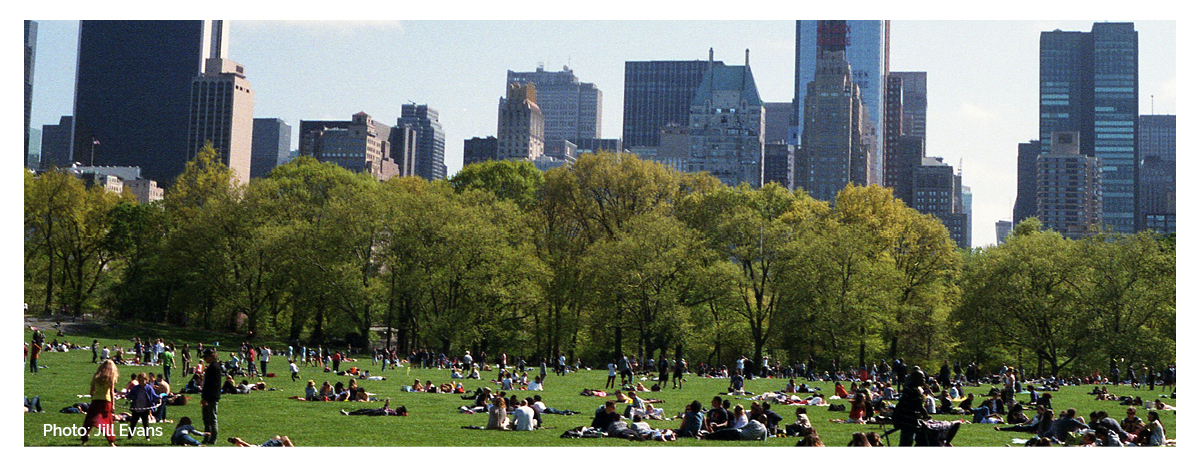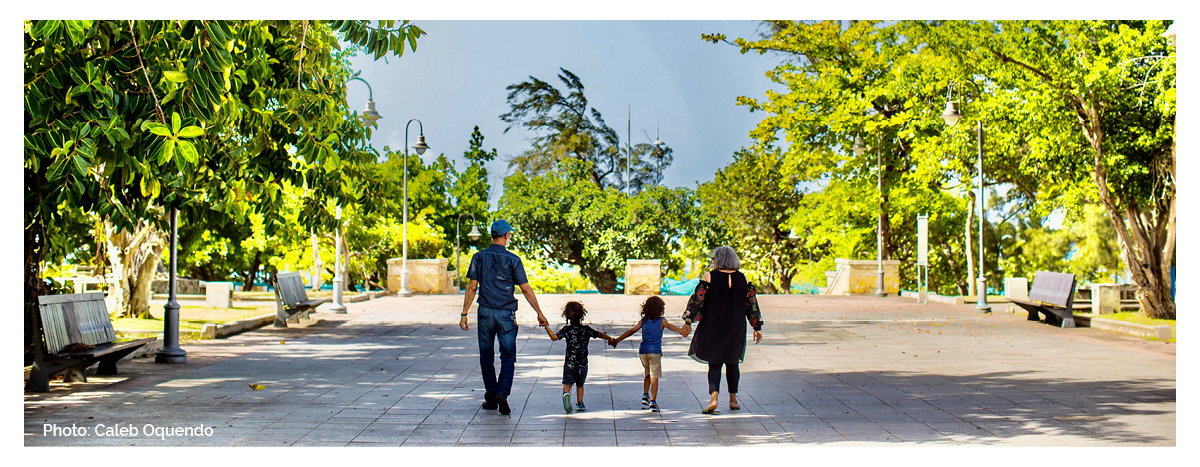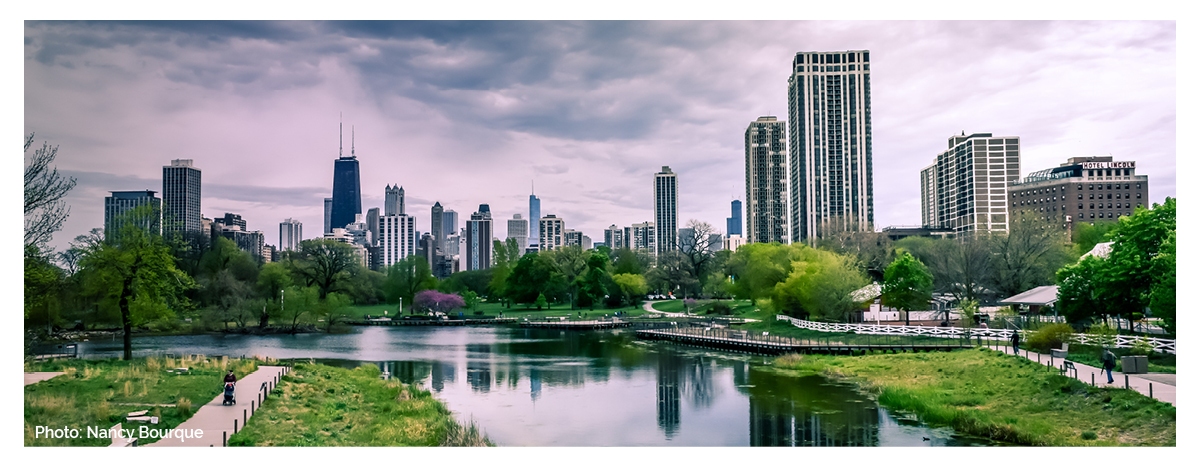Green spaces have been shown to have a positive impact on both physical and mental health. Research has suggested that exposure to nature could lead to improved mental and physical wellbeing, including reduced stress and depression, increased happiness, better cognitive performance, and a sense of satisfaction. Studies have also found that urban residents who live near these spaces have a lower risk of chronic diseases, such as heart disease, diabetes, and obesity.
In addition to the direct benefits to individuals, they can also have a positive impact on the community as a whole. They provide a gathering place for people to come together and socialize, which can help to build a sense of community and foster social interaction. Green spaces can also be used for community events, such as concerts, festivals, and sports activities, which can further promote social engagement and well-being.
Green spaces can also provide economic benefits to the community. They can increase property values, attract tourists, and provide opportunities for small businesses, such as food trucks and vendors, to set up shop. In addition, green spaces can reduce the urban heat island effect, which can lower energy costs for nearby buildings and reduce the need for air conditioning.





